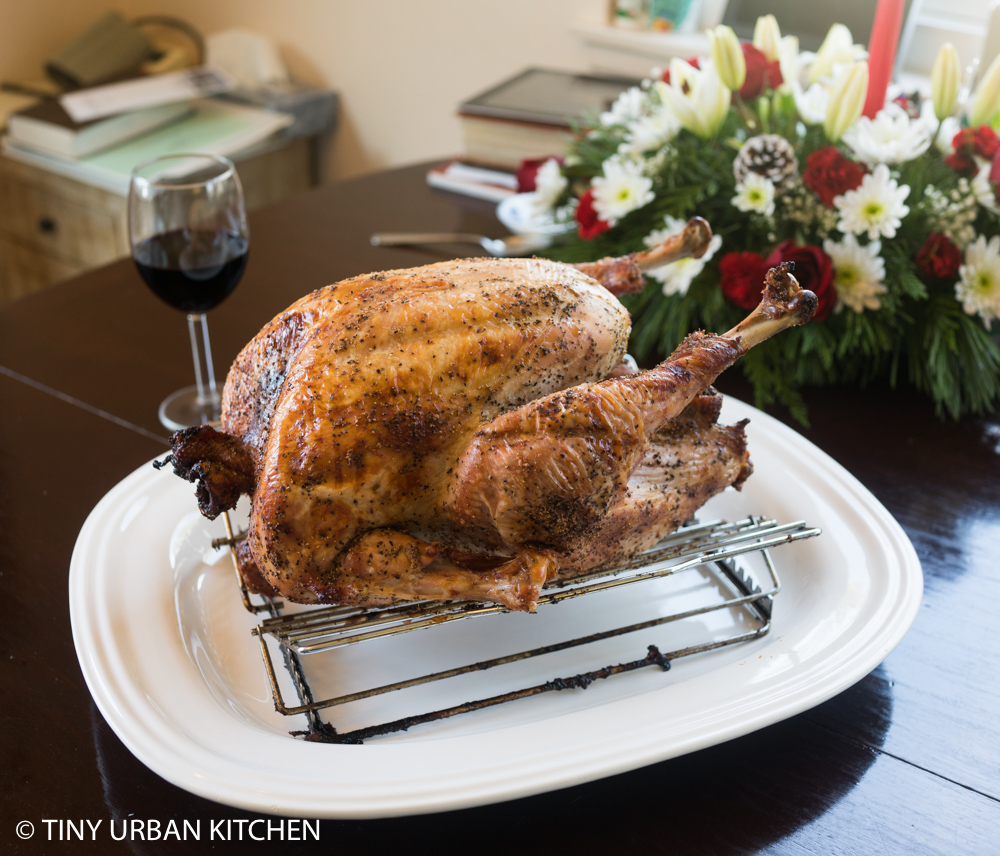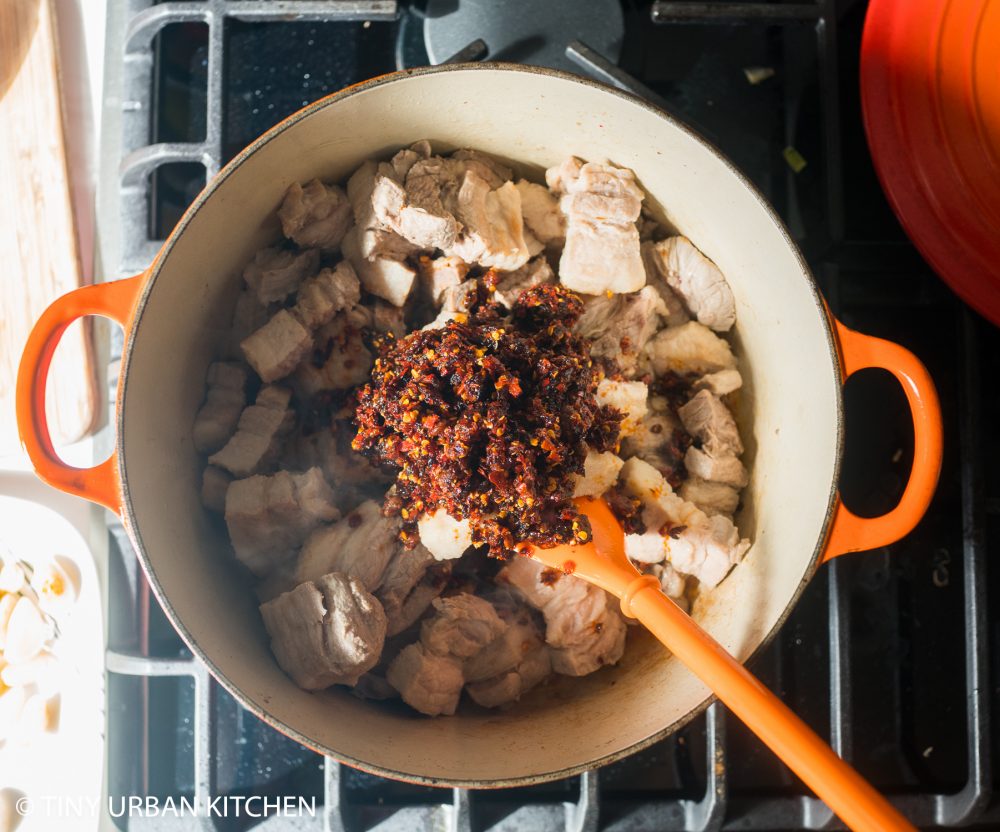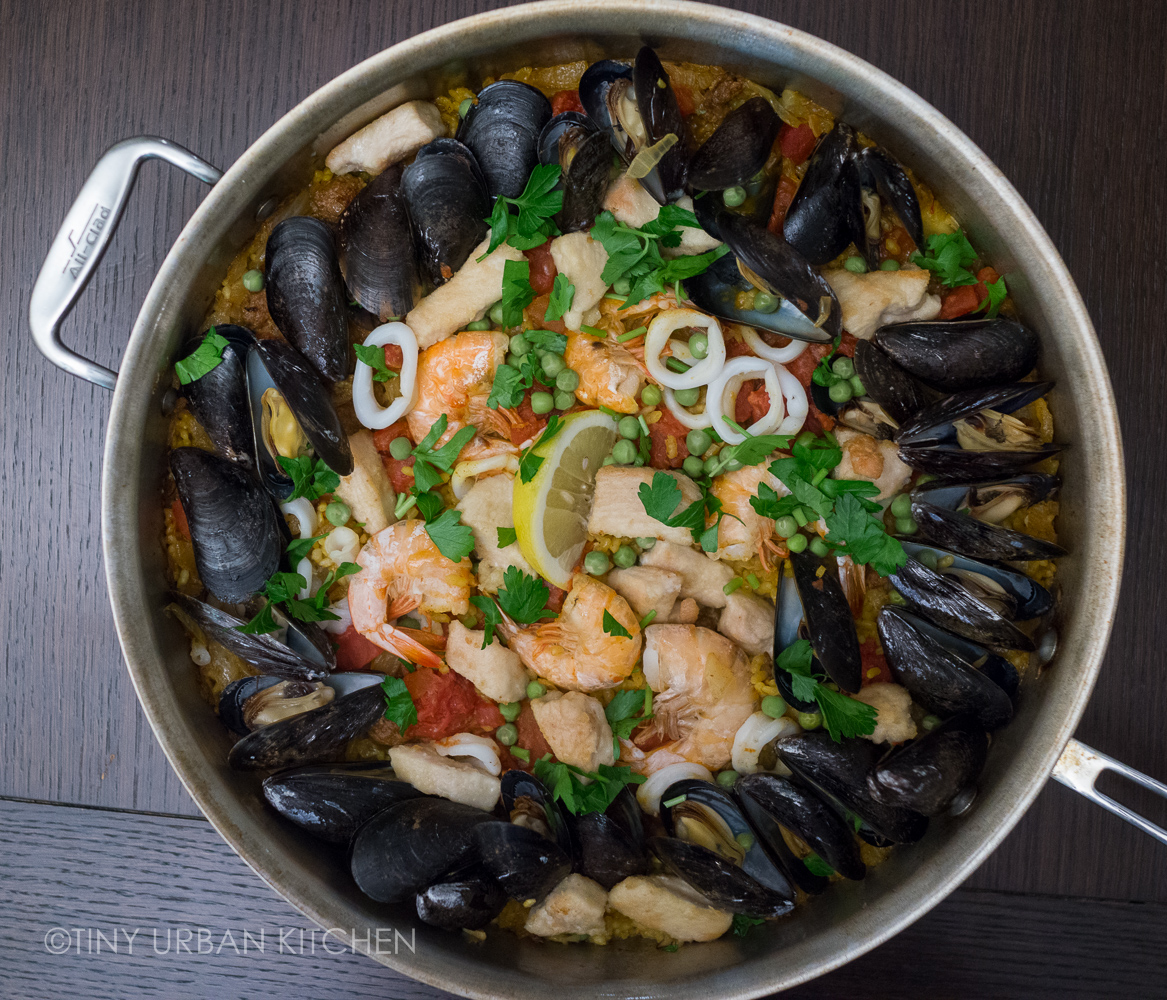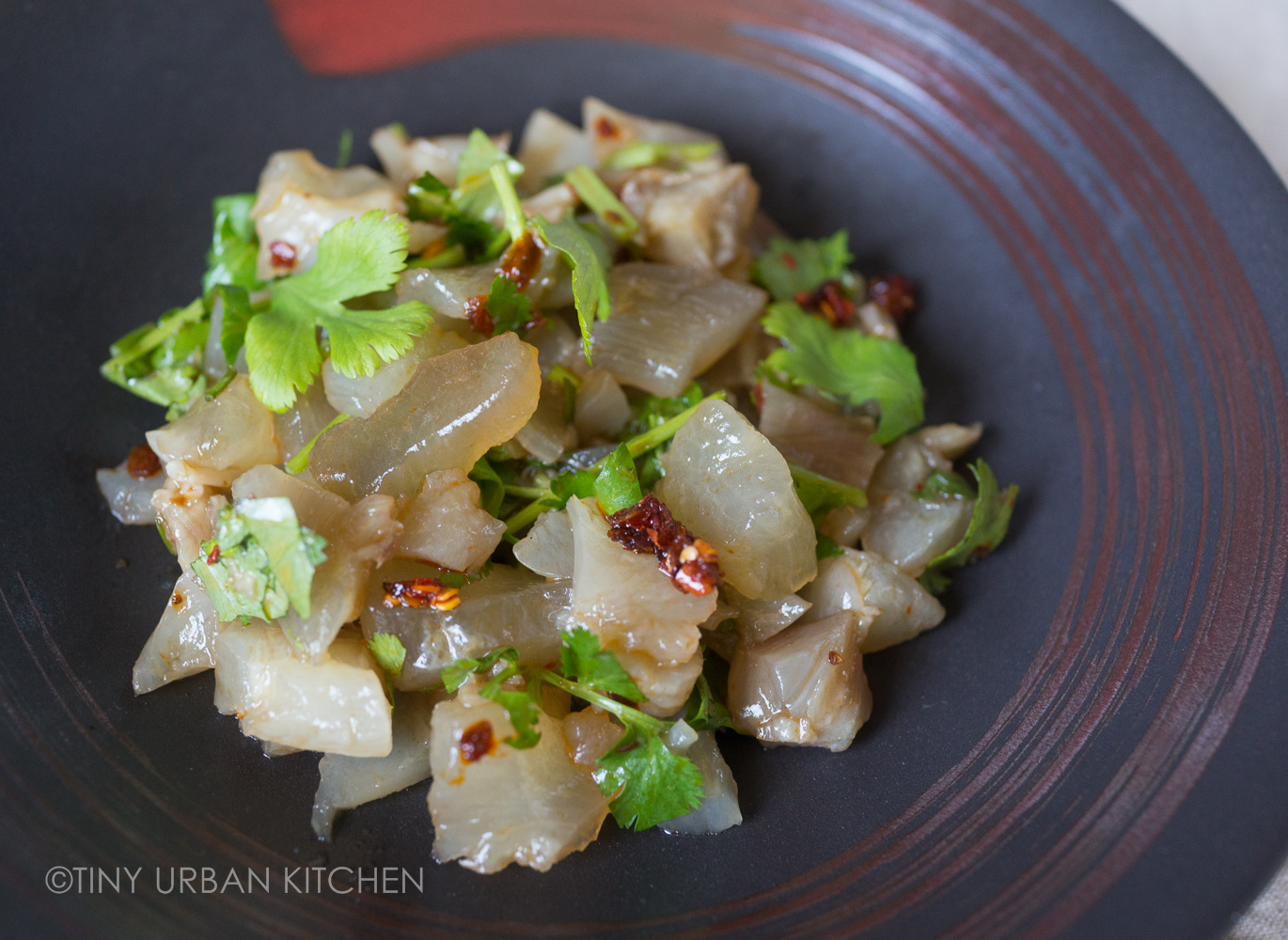
We were curious. Very very curious.
We'd heard amazing, almost fantastically amazing things about sous-vide chicken. All over the internet, people raved about its unique, velvety, almost "melt-in-your-mouth" tenderness. They said it was nothing like normal chicken. "You'll never be able to eat normal chicken again."
This miraculous chicken was supposed to be juicy, succulent, flavorful, and moist.
Really? We were skeptical, yet intrigued at the same time.
Admittedly, the sous vide machine had already done wonders for scallops, not to mention the perfectly cooked steak, delicious custard-like eggs, and duck confit. Even the sous vide salmon I had made from a hacked water bath system had really incredible texture.
But chicken breast? Which is inherently bland, tasteless, and boring?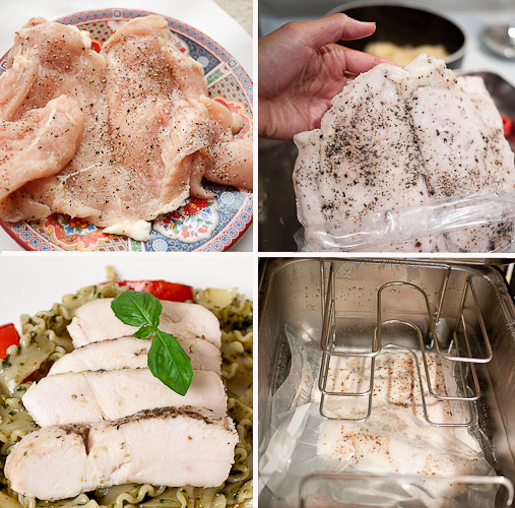
Just a tiny bit of background - cooking food sous vide is essentially cooking food in a vacuum sealed plastic bag in a precisely temperature-controlled water bath. If you want gory details (e.g., some history & science), visit this post, where I cook a multi-course meal, complete with Thomas Keller (French Laundry) and David Chang (Momofuku) recipes, completely using the sous vide technique.
Although the official instruction manual tells you to cook the sous-vide chicken at 146 ° F, I was pretty convinced (after poking around the internet a bit) that 140 ° F was the way to go if I wanted a juicier, softer result.
140 ° F is right on the edge of the danger zone (between 40 ° F and 140 ° F). Typically, if you cook at temperatures below 140 ° F, you run the risk of bacteria growth. This is why any meat cooked in that "danger zone" should not be cooked for more than 4 hours.
Making this chicken was really really simple. I basically vacuum sealed the chicken (after seasoning with a bit of salt & pepper), and dropped it in the machine for one hour. After it's done, remove from the bag, slice, and serve with your favorite sauce.
Verdict?
Sous vide chicken is definitely different from traditionally cooked chicken. It's much more plump, soft, and juicy. Because the water bath is held at a constant temperature, you can't really overcook the meat that easily.
However, I would hardly call it a transcendent experience.
Bryan's reaction?
"It's good, but not as amazing as people make it seem."
"Just tastes like really good poached chicken."
True. At the end of the day, it's still tastes like chicken. Sure, it's much juicier, and much more evenly cooked. It's definitely got better texture than traditionally grilled chicken, though some (like Bryan!) would argue that a good poached chicken tastes equally juicy and soft.
With the sous vide technique, however, there are some advantages. I do like how you don't have to worry about it while it's cooking. If you leave the meat in the water bath for a little longer, it won't really overcook. It's best for dinner parties where you don't know exactly when the guests you will arrive, but you want the food to be perfectly cooked right after they arrive. Furthermore, unlike poached chicken, all of that chicken-y goodness stays right in the bag. The flavors won't dissolve into the water bath during the cooking process.
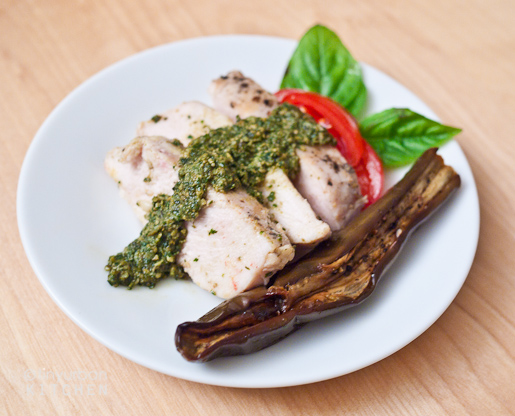
Sous Vide Chicken with Pesto
1 boneless chicken breast
salt and pepper
homemade basil pesto
Season the chicken breast with salt and pepper. Seal in a foodsaver bag and cook sous vide at 140 ° F for at least an hour. If using skinless breast, just slice and serve or brown the breast briefly (mostly for color). If there is skin, brown the skin in a hot pan with a little bit of oil for about 1-2 minutes until browned.
Top with homemade pesto and/or serve over pesto pasta.
For more general background of sous-vide as a cooking technique, please refer to this post.
Enjoy!
Related Sous-vide Posts
Bacon Wrapped Scallops - sous vide
Momofuku 48-hour Braised Short Ribs
Duck Leg Confit
Spaghetti Carbonara with Sous Vide Egg
Duck Fat Fried Potatoes
Sous Vide Salmon
Sous Vide Steak
All Rights Reserved













